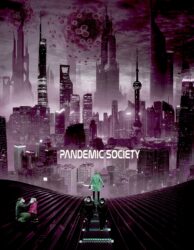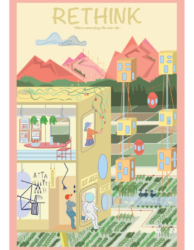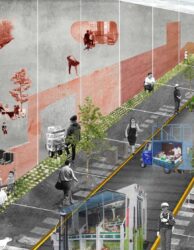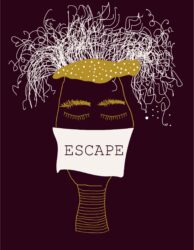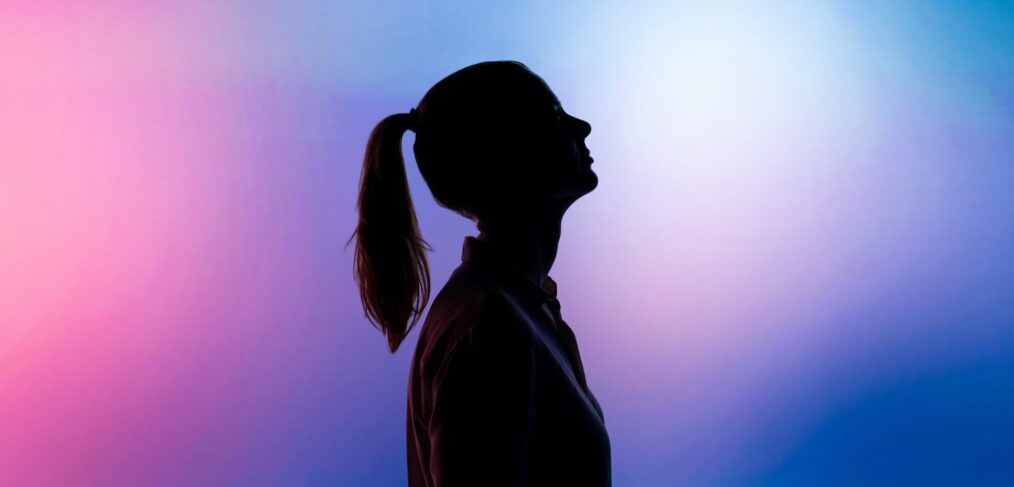
The virtual spaces where we are standing alone together
Joana Bispo
Brazilian
Urban Planner
The virtual spaces where we are standing alone together
Representing the USA in the 48th Venice Biennale in Italy, the artist Ann Hamilton created the “Myein” installation back in 1999. She filled her work with visible and invisible elements that stimulate our senses. For her, experiencing the installation is an opportunity for people to be alone together, and back then, she claimed to be asking questions we should be asking. One of them, she says, is “how to be together?”
“The installation called ”Myein,” deals with how we know what we know and what we blind ourselves to, how the invisible affects us and how the visible can be veiled, how we learn from seeing, and from touching. It is also about dualisms, like our longing to be alone, yet our need to be part of a social unit. And it is about looking very hard at the things we as humans do to other people.” (H. Dobrzynski, 1999)
Ms. Hamilton put together a series of elements, even the most immaterial ones, such as voice, that shaped the world of her work, which was intimate and communal at the same time. Then, she described the feeling of sharing the same sensations with all the people who were able to appreciate the work, revealing this idea of being alone together while having the same experience, not needing to be in the same space at the same time.
A similar sensation comes into place in the world we most inhabit today, the online world. People are virtually in the same space, interacting, at the same time, but not necessarily. However, the works of Ms. Hamilton still appeals to the physical world to create these sensory responses. But when it comes to technology, what are the building blocks of these virtual spaces we delve into more and more often? Beyond the technological infrastructure, 0s, and 1s, wires, and circuits, what are the virtual pieces that allow us to connect our senses to this world?
With the pandemic, the future became uncertain. The present felt uncomfortable. We kept rushing to the next things, infinitely scrolling for something new, as we desperately sought human reach, for touch at a distance, and forms of feeling less alone as we stood alone together. Then, slowly we dive through dark and light as we realize that the virtual space influences and incites our senses in an incredibly powerful way.
As time passed, we designed our homes and public spaces to improve and promote health, physical and mental, and quality of life. But the virtual world is just not there yet. Today, urban planners widely understand that our cities should be designed focusing on people by promoting the humanization of the planning process, prioritizing human life, and social activity. On the other hand, the debates on how technology should be designed and regulated are just starting.
The toxicity of the technological environment has been noticed many times and called out, especially during the pandemic, because of its massive potential of harming mental health. As much as people spend on social media, the more they can feel anxious, sad, or depressed. It can influence people’s self-esteem, memory, and attention span and contribute to low sleep quality. Social media could be negatively affecting your mental health without you even realizing it.
So how to make a shift to more healthy environments and create virtual spaces for people? What are the fundamental questions the designers of this new world should be asking themselves? It is hard to say, as we still can fully understand its building blocks. Meanwhile, it is possible to reflect on how it can positively influence the five senses’ experience and consider the human pace of processing information. Now is the time that tech designers make this shift and include more humane characteristics to these spaces. Data has been the most important thing, and algorithms have this immense power over how we think, act, and live. Finding out how to introduce traits such as empathy and imperfection is crucial as they are part of human nature.
Then we will have a safe space where we will not be alone in our loneliness, creating deep connections and quality social activities, even from afar.
| Bibliography
The On Being Project, 2014. Ann Hamilton Making, And The Spaces We Share. [podcast] On Being with Krista Tippett. Available at: <https://onbeing.org/programs/ann-hamilton-making-and-the-spaces-we-share/#transcript> [Accessed 25 October 2020].
- Dobrzynski, J., 1999. ART/ARCHITECTURE; Representing America In A Language Of Her Own (Published 1999). [online] Nytimes.com. Available at: <https://www.nytimes.com/1999/05/30/arts/art-architecture-representing-america-in-a-language-of-her-own.html> [Accessed 29 October 2020].

